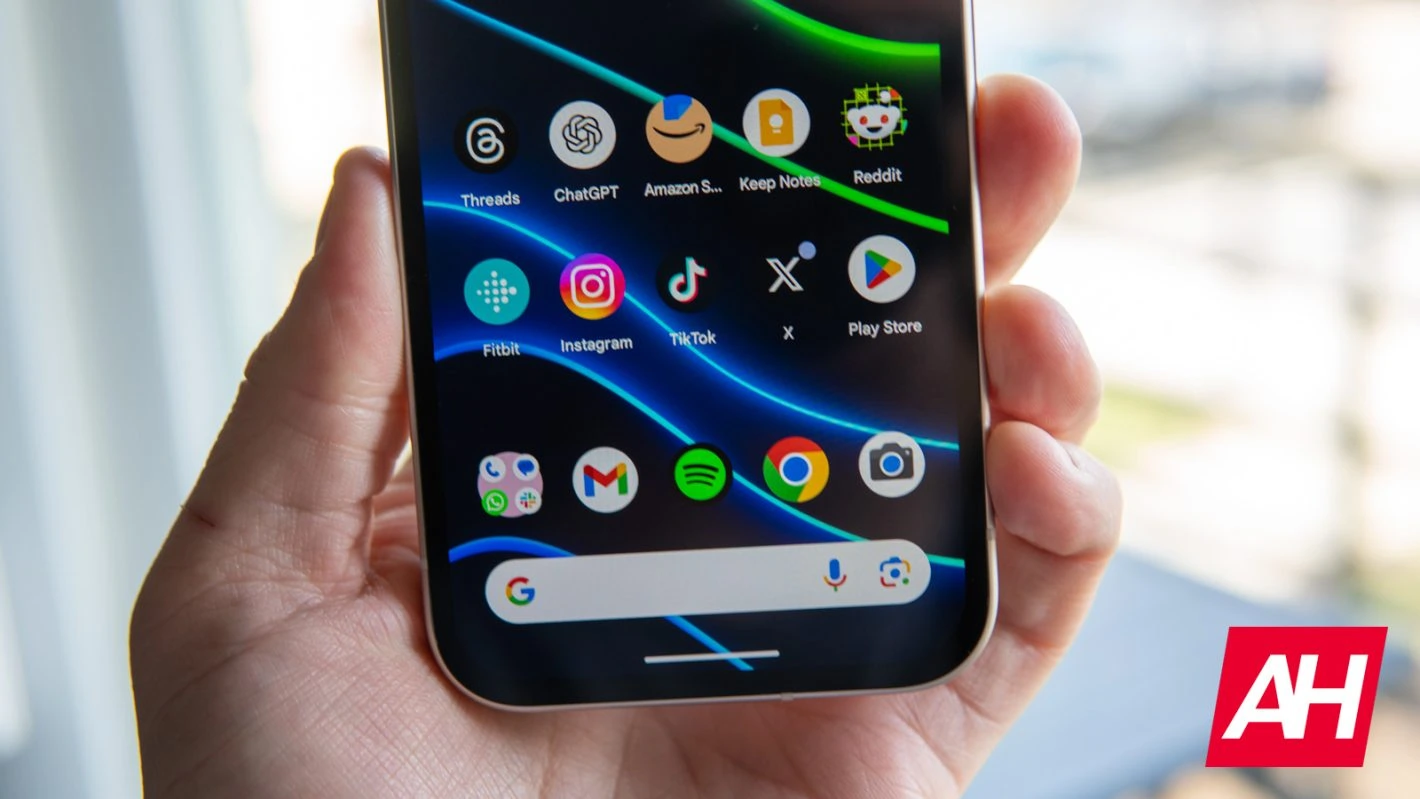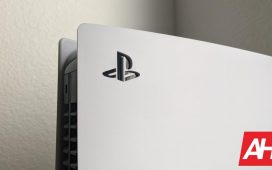This time around, we’re comparing two rather compelling compact smartphones. We’ll be comparing Google’s latest budget phone and Apple’s most affordable iPhone from last year. In other words, this is a Google Pixel 9a vs Apple iPhone 15 comparison. Do note that the Pixel 9a is a notably more affordable smartphone in comparison. It’s $200 more expensive, so take that into account.
These two phones are quite different. There are some similarities design-wise, but only a few. They’re quite different for the most part. We will first list their specs and will then move to compare their designs, displays, performance, battery life, cameras, and audio output. There’s plenty to go through, so let’s get to it.
Specs
| Google Pixel 9a | Apple iPhone 15 | |
|---|---|---|
| Dimensions | 154.7 x 73.3 x 8.9 mm | 147.6 x 71.6 x 7.8 mm |
| Weight | 185.9 grams | 171 grams |
| Display | 6.3-inch pOLED | 6.1-inch Super Retina XDR |
| Refresh rate | 120Hz adaptive | 60Hz |
| Resolution | 2424 x 1080 | 2556 x 1179 |
| Chipset | Google Tensor G4 | Apple A16 Bionic |
| RAM | 8GB | 6GB |
| Storage | 128GB/256GB (UFS 3.1) | 128GB/256GB/512GB |
| Main camera | 48MP (wide, f/1.7 aperture, 1/2.0-inch sensor size, Dual Pixel PDAF, OIS) | 48MP (wide, f/1.6 aperture, 1/1.56-inch sensor, 1.0um pixel size, sensor-shift OIS) |
| Ultra-wide camera | 13MP (ultrawide, f/2.2 aperture, 120-degree FoV, 1/3.1-inch sensor size) | 12MP (ultrawide, f/2.2 aperture, 120-degree FoV, 0.7um pixel size, PDAF) |
| (Periscope) telephoto camera | N/A | N/A |
| Selfie camera | 13MP (f/2.2 aperture, 96.1-inch sensor size) | 12MP (f/1.9 aperture, PDAF, 1/3.6-inch sensor size) |
| Battery size | 5,100 mAh | 3,349mAh |
| Charging | 23W wired, 7.5W wireless (charger not included) | 20W wired, 15W wireless, 4.5W reverse wired (charger not included) |
| Colors | Obsidian, Porcelain, Iris and Peony | Black, Blue, Green, Yellow and Pink |
Google Pixel 9a vs Apple iPhone 15: Design
These two devices have a similar corner curvature. Both of them also have a flat frame all around. There is also a flat display on both phones, but the iPhone 15 does have thinner bezels around it. The bezels are uniform on both phones, though. The Pixel 9a includes a centered display camera hole up top, while the iPhone 15 has a pill-shaped cutout. That cutout is called the Dynamic Island.
The Pixel 9a includes power/lock and volume up and down buttons on the right side. The iPhone 15, on the flip side, has a power/lock button on the right-hand side, while the volume up and down buttons are on the left. Something else that sits on the left side of the device is the Action button. That button replaced the mute switch, in case you’re wondering.
If we flip them over, you’ll notice that both phones have two cameras on the back. Both setups are located in the top-left corner, but they’re quite different. The Pixel 9a has a horizontal pill-shaped cutout for the cameras, and there’s no camera bump back there. The cameras do not protrude. The iPhone 15 has two cameras too, but in a dedicated camera island, with a different placement. This phone’s cameras do protrude on the back. Both smartphones have a flat backplate.
Both of these devices come with an IP68 certification for water and dust resistance. They’re both quite slippery in the hand, while the iPhone 15 is a bit smaller. It’s shorter, narrower, and thinner than the Pixel 9a. It’s also 15 grams lighter in comparison, and it’s easier to use with one hand.
Google Pixel 9a vs Apple iPhone 15: Display
The Google Pixel 9a includes a 6.3-inch fullHD+ (2424 x 1080) pOLED display. That display supports HDR content, and it offers an adaptive refresh rate of up to 120Hz. The peak brightness here is 2,700 nits, and the display is flat. The screen-to-body ratio here is at around 83%. The display aspect ratio, on the other hand, is 20:9. Corning’s Gorilla Glass 3 is protecting this panel.

The iPhone 15, on the flip side, includes a 6.1-inch Super Retina XDR OLED display. That display is also flat, and it offers a resolution of 2556 x 1179. It supports Dolby Vision, but its refresh rate is only 60Hz. HDR10 content is supported, while the peak brightness is 2,000 nits. The screen-to-body ratio this phone offers is at around 86%, while the display aspect ratio is 19.5:9. The Ceramic Shield glass protects this display.
Both of these displays are really good, actually. They’re vivid, have great viewing angles, and are more than sharp enough. Granted, the iPhone 15’s display is sharper. They’re both bright enough, and both offer good touch response. The Pixel 9a has the advantage of having a high refresh rate, but it has worse display protection. The Gorilla Glass 3 is very dated at this point, and is known to be prone to microscratches. Neither display supports high-frequency PWM dimming.
Google Pixel 9a vs Apple iPhone 15: Performance
The Google Tensor G4 processor fuels the Pixel 9a. That is Google’s latest chip, and it is a 4nm processor. Unfortunately, it comes with the Exynos 5300 modem instead of the Exynos 5400 modem. Google also included 8GB of RAM here, along with UFS 3.1 flash storage. The iPhone 15 is fueled by the Apple A16 Bionic processor, a 4nm chip. The company also included 6GB of RAM and NVMe storage.
Both of these smartphones do offer very good performance, actually. The Tensor G4 is not exactly made for gaming, but it can handle it just fine. It may not be the best for graphically demanding titles, but other than that, no issues. The iPhone 15 can handle basically any game from the App Store that you want to play without a problem. Heat was not an issue on either phone.
In day-to-day use, both smartphones are actually quite snappy. Yes, there is a difference between them, but they’re very snappy regardless of what you’re doing. Do note that the refresh rate is noticeable, however. If you’ve used a smartphone with a 120Hz display before, that’s something you should keep in mind.
Google Pixel 9a vs Apple iPhone 15: Battery
The Google Pixel 9a features a 5,100mAh battery. The iPhone 15, on the flip side, includes a 3,349mAh unit. Yes, this is quite a difference, but the iPhone 15 has a lower refresh rate, and a smaller display. On top of that, iPhones usually require considerably less juice than Android phones, so they usually ship with smaller battery packs. You’ll be glad to know that both of these phones offer really good battery life.
They may not be the best around in terms of battery life, but they’ll be enough for almost everyone to get through the day. Even if you’re a power user, chances are you won’t have a problem getting through your full day with either of these two phones. Getting rather high screen-on-times is not really an issue on either device. Gaming does impact both of them quite a bit, so keep that in mind.
When it comes to charging, neither phone exactly shines. The Pixel 9a supports 23W wired and 7.5W wireless charging. The iPhone 15, on the flip side, supports 20W wired, 15W MagSafe and Qi2 wireless, and 4.5W reverse wired charging. The Pixel 9a takes around an hour and 35 minutes to fully charge, while it’ll take you around an hour and 50 minutes to charge the iPhone 15. Neither phone includes a charger in the retail box.
Google Pixel 9a vs Apple iPhone 15: Cameras
The Google Pixel 9a features two cameras on the back. It has a 48-megapixel main unit (1/2.0-inch sensor size), and a 13-megapixel ultrawide camera (1/3.1-inch sensor size, 120-degree FoV). The iPhone 15, on the flip side, has two cameras as well. A 48-megapixel main camera (1/1.56-inch sensor size) is backed by a 12-megapixel ultrawide camera (120-degree FoV).

The Pixel 9a provides more contrasty images in comparison. The iPhone 15 pictures look closer to real-life, while that phone also leans more towards warmer colors. In good lighting, both smartphones do a great job. Yes, they provide different pictures, but they both do a good job. They handle HDR situations really well too, but we do prefer the Pixel 9a’s performance in such conditions.
When it comes to low-light shots, we’ve preferred what the iPhone 15 can do. The Pixel 9a has a bit too much noise in low-light shots, for the most part. Google opted for a smaller camera sensor this time around, for whatever reason. Their ultrawide cameras are alright, but they cannot compete with the main snappers, especially in low light.
Audio
You’ll find a set of stereo speakers on both of these phones. They offer good sound output, and even though they’re not the loudest around, both sets are loud enough. There’s not much to complain about.
Neither phone has an audio jack, but you can use their Type-C ports to connect your wired headphones. You’ll need a dongle in order to do that, however, of course. Bluetooth 5.3 is on offer with both smartphones.








